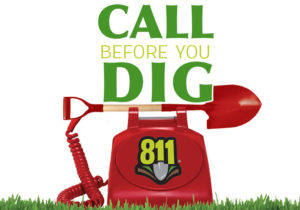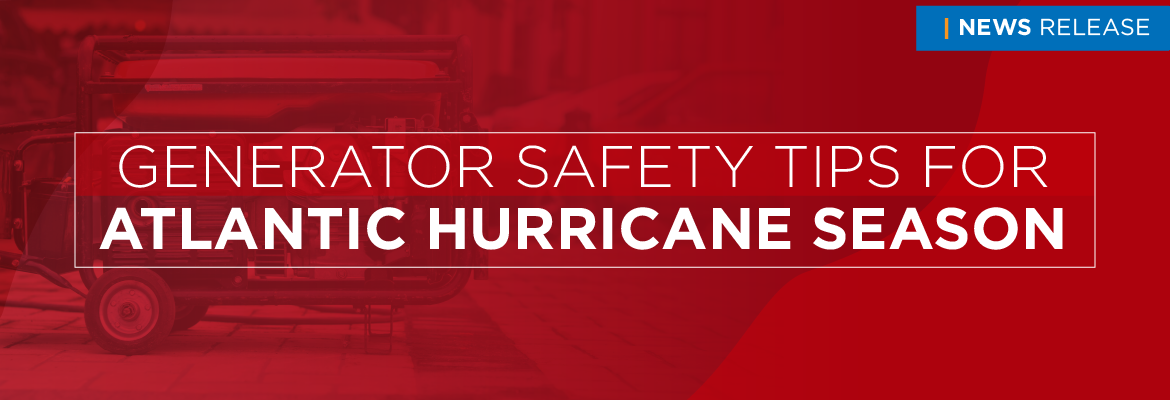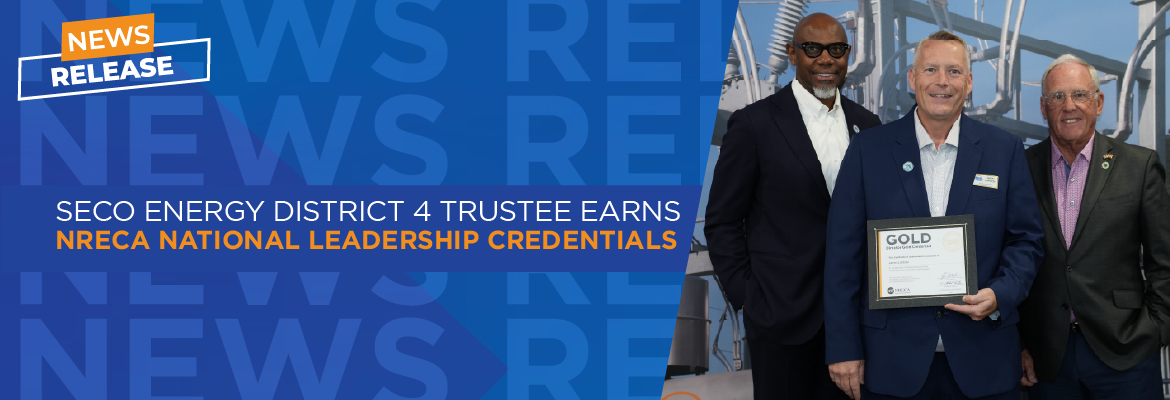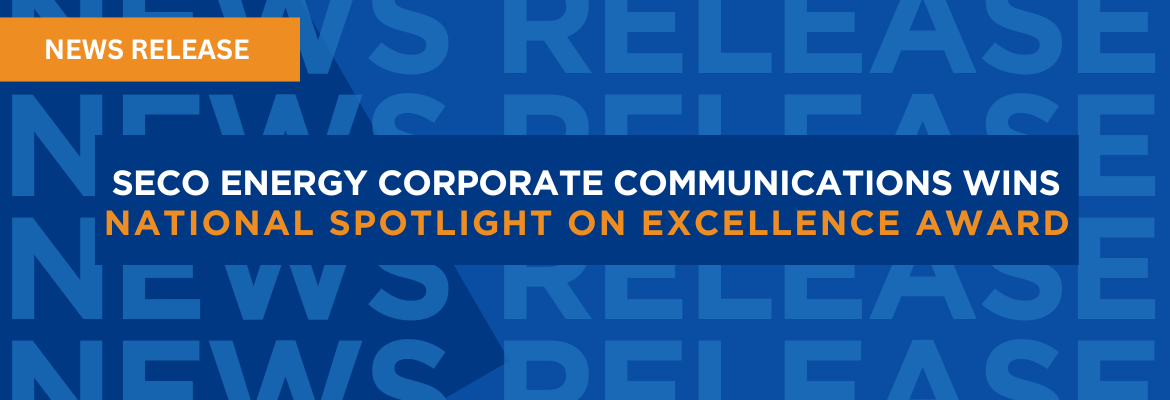Generator Safety Tips for Atlantic Hurricane Season
The 2020 Atlantic Hurricane season runs from June 1 through November 30. This year, forecasters at the Department of Atmospheric Science at Colorado State University (CSU) predict tropical storm and hurricane activity will be well above average. SECO Energy warns members to keep safety in mind while using a generator during power outages.
Before purchasing a generator, learn the difference between stationary and portable generators. Stationary generators are permanently affixed with an approved disconnect and transfer switch. This switch isolates a home’s circuits from SECO Energy’s electric system. This isolation is critical to eliminate the risk of electricity backfeeding onto SECO’s lines. Installing a stationary generator and disconnect and transfer switch is not a do-it-yourself job. Portable generators are more common and less expensive than stationary generators. Homeowners use extension cords to plug appliances directly in to the portable generator.
When major weather events cause extended power outages, homeowners often utilize generators. SECO asks members using a generator to operate the equipment in a manner that promotes safety for homeowners, their families, SECO employees and contractors and the public.
Generators emit the deadly, colorless, odorless gas carbon monoxide (CO). Thousands of people die each year from CO poisoning. Never run a generator in an enclosed area such as a house, garage or covered porch. Never place a generator outside of an open window where CO can leach into the home. The Centers for Disease Control and Prevention (CDC) recommends installing a battery-operated CO detector in your home. Choose an area where the sound of the alarm will wake the home’s inhabitants. Outside of bedroom doorways is a good choice.
Never operate a generator in the rain – you can be shocked or killed. Plug appliances directly into the portable generator or use an extension cord to prevent electric shock. If using extension cords, choose a heavy-duty outdoor extension cord with a watt or amp rating equal to the sum of the appliance. Examine extension cords for cuts, tears or frays – replace damaged extension cords.
Fuel the generator safely to avoid fires. Do not fuel a generator while it’s in operation. Gasoline and diesel fuel should be stored in approved containers and out of the reach of children. Extinguish all flames, including cigarettes, during fueling. Stage a fully charged fire extinguisher near the generator.
Generator engine parts are scorching hot while the machine is running and take time to cool after the machine is off. Touching engine parts can result in severe burns. Keep children away from running generators. If the generator is faulty, contact a qualified technician for repair or service. Repairing or servicing a generator is a job best left to a professional. Test the generator at the start of hurricane season.
SECO Energy is StormReady and prepared for the 2020 Atlantic hurricane season. Members should prepare for the possibility of tropical storms and hurricanes by assembling an emergency supply kit, enrolling in StormCenter outage notifications and bookmarking StormCenter and SECO’s daily restoration plan map on their smartphone or tablet. Through StormCenter, members receive outage alerts via email, text, voice message or all three that include crew status and estimated restoration time. Members will receive follow-up outage communication with updated restoration times and the outage cause if known. StormCenter is available online at SECOEnergy.com>StormCenter.
For more information about generator safety, visit our Generator Safety page. “Like” SECO on Facebook and “follow” @SECOenergy on Twitter for news releases and cooperative updates.






